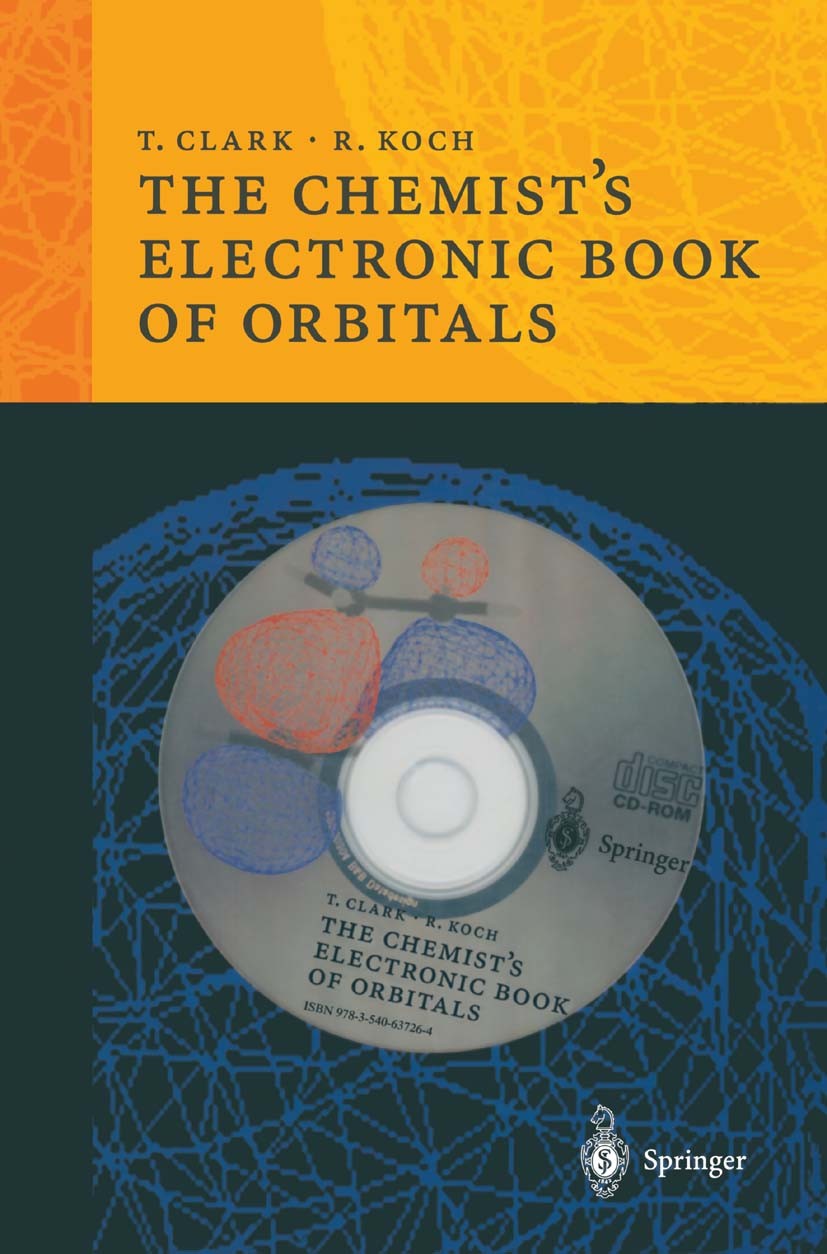| 书目名称 | The Chemist’s Electronic Book of Orbitals | | 编辑 | Tim Clark,Rainer Koch | | 视频video | http://file.papertrans.cn/907/906069/906069.mp4 | | 概述 | Includes supplementary material: | | 图书封面 |  | | 描述 | For many years, Bill Jorgensen and Lional Salem‘s Organic Chemist‘s Book ofOrbitals was the standard work on qualitative MO-theory in Erlangen. It provided the basic principles as weH as MO-plots of exactly the orbitals that we needed to understand the effects that we were investigating. How ever, 25 years after its publication, the Organic Chemist‘s Book of Orbitals is essentiaHy unknown to the current generation of chemistry students, although qualitative MO-theory has become a standard too1. This and the new technical possibilities made possible by the development of web browsers, VRML-viewers etc. suggested that the time is right to attempt a more modern version, this time called The Chemist‘s Electronic Book of Orbitals. The resulting "book" is a tribute to its predecessor and we hope that it will playa similar role as vanguard for a new generation of chem istry publications in this area. The written text can be read alone, but is intended to be used in conjunction with the demonstrations and VRML objects on the CD. The orbital plots can be rotated, displayed and printed as desired. We have designed The Chemist‘s Electronic Book of Orbitals to be accessed from a standard we | | 出版日期 | Textbook 1999 | | 关键词 | Hyperconjugation; Pet; chemistry; development; information; molecule; physics; point group; reactions; symmet | | 版次 | 1 | | doi | https://doi.org/10.1007/978-3-662-13150-3 | | isbn_softcover | 978-3-540-63726-4 | | isbn_ebook | 978-3-662-13150-3 | | copyright | Springer-Verlag Berlin Heidelberg 1999 |
The information of publication is updating

|
|
 |Archiver|手机版|小黑屋|
派博传思国际
( 京公网安备110108008328)
GMT+8, 2025-11-12 10:54
|Archiver|手机版|小黑屋|
派博传思国际
( 京公网安备110108008328)
GMT+8, 2025-11-12 10:54


